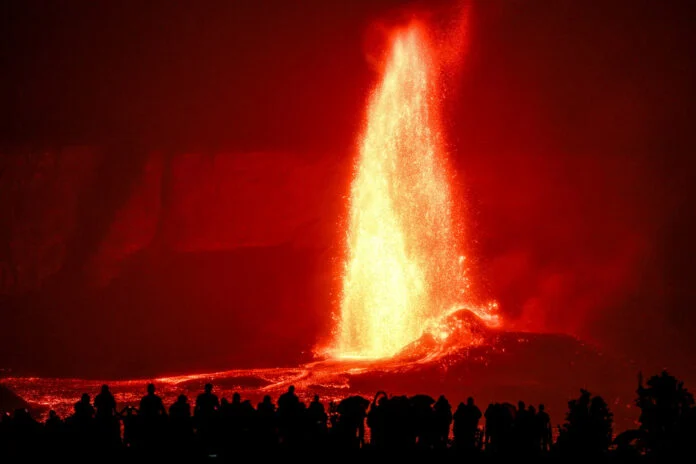In a groundbreaking discovery, a team of archaeologists, geophysicists, geologists, and paleontologists in Indonesia has unveiled a remarkable revelation—Gunung Padang, a megalithic structure atop an extinct volcano in West Java, is not only a sacred site for locals but also the oldest known pyramid in the world. This astonishing find challenges previously held beliefs about the origin of this enigmatic structure and sheds new light on ancient human civilization. This article delves into the recent study that has rewritten the history of this historic site.
Gunung Padang, perched majestically on a dormant volcano, has long been the subject of debate among archaeologists and historians. While some argued that it was a natural geological formation embellished by human hands, others believed that it was predominantly a man-made structure. The disagreement surrounding its origins spurred a multi-year, comprehensive study to uncover the truth.
A Decades-Long Investigation
The research team embarked on a comprehensive scientific exploration of Gunung Padang from 2011 to 2015. Utilizing advanced techniques, including seismic tomography, electrical resistivity tomography, and ground-penetrating radar, they sought to unravel the mysteries hidden within the layers of this ancient edifice. Moreover, the team conducted core drilling, allowing them to employ radiocarbon dating methods to determine the ages of the different layers composing the hill.
Compelling Evidence of Human Construction
Upon analyzing their extensive dataset, the researchers uncovered compelling evidence that Gunung Padang was primarily constructed by human hands. Notably, they established that this monumental structure was built in distinct stages, spanning millennia. The oldest segments of the pyramid date back to an astounding 25,000 to 14,000 years ago, making Gunung Padang the oldest pyramid known to humankind.
The research team unearthed a narrative of human ingenuity and determination that transcended the boundaries of time. The earliest phase involved the sculpting of lava, with builders carving intricate shapes onto the summit of the dormant volcano. Thousands of years later, between 7900 and 6100 BCE, a second group of architects contributed by adding layers of bricks and rock columns. A subsequent group further expanded the structure, incorporating dirt layers that partially concealed earlier work. Finally, between 2000 and 1100 BCE, the structure was adorned with additional topsoil, stone terracing, and various elements.
Hidden Chambers Await Exploration
Intriguingly, the research team discovered signs of possible hollow areas within the structure, indicating the presence of concealed chambers or passageways. The next phase of their investigation is to drill into these areas and lower a camera to unveil the secrets that lie hidden beneath the surface of Gunung Padang.
The recent findings regarding Gunung Padang have rewritten the history books and established it as the world's oldest known pyramid. This ancient structure is a testament to human innovation, collaboration, and dedication over thousands of years. As further exploration reveals the mysteries concealed within this megalithic monument, we can only anticipate more revelations that will deepen our understanding of our distant past. Gunung Padang is a testament to the enduring spirit of human achievement and the continuous quest to uncover the secrets of our past.







